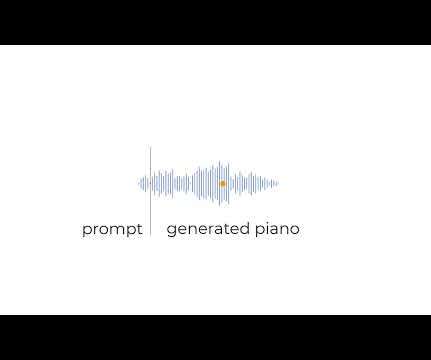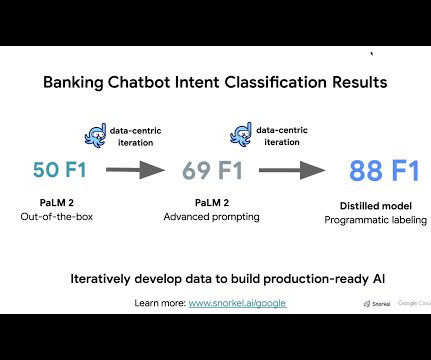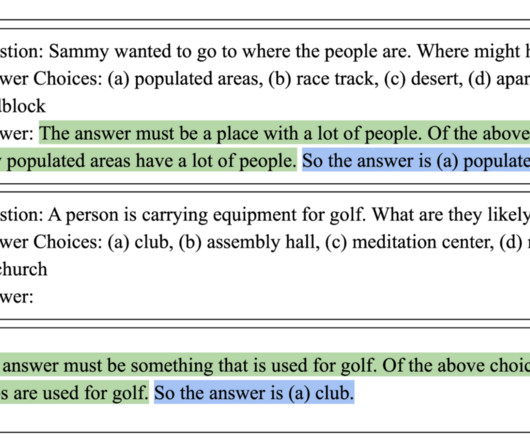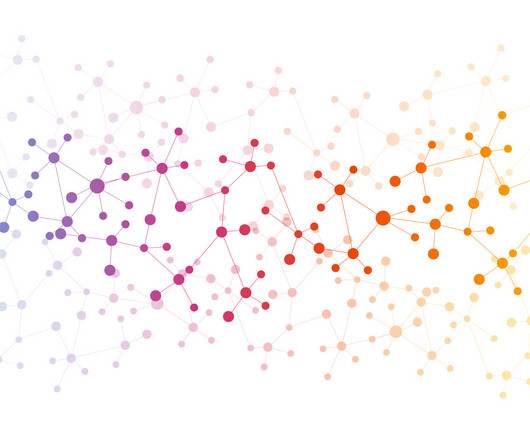Modern NLP: A Detailed Overview. Part 2: GPTs
Towards AI
JULY 23, 2023
Last Updated on July 25, 2023 by Editorial Team Author(s): Abhijit Roy Originally published on Towards AI. Semi-Supervised Sequence Learning As we all know, supervised learning has a drawback, as it requires a huge labeled dataset to train. In 2015, Andrew M. At this point, datasets like […]

















Let's personalize your content